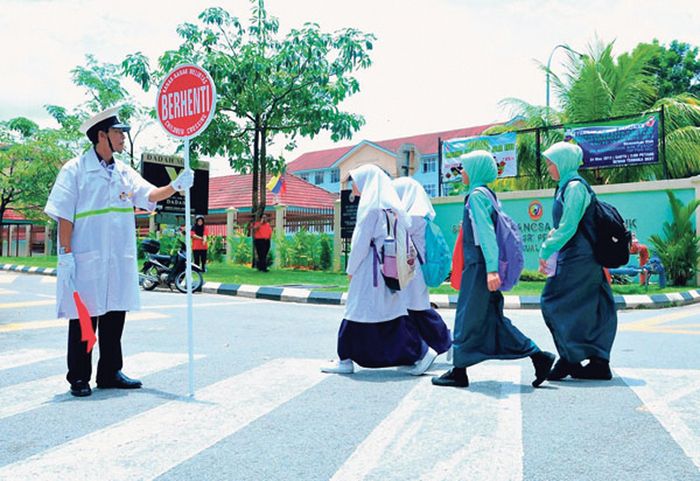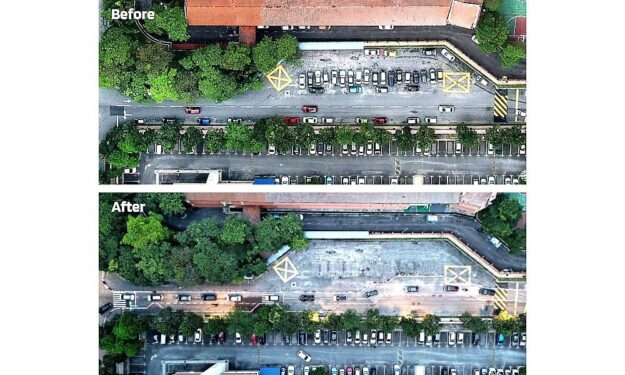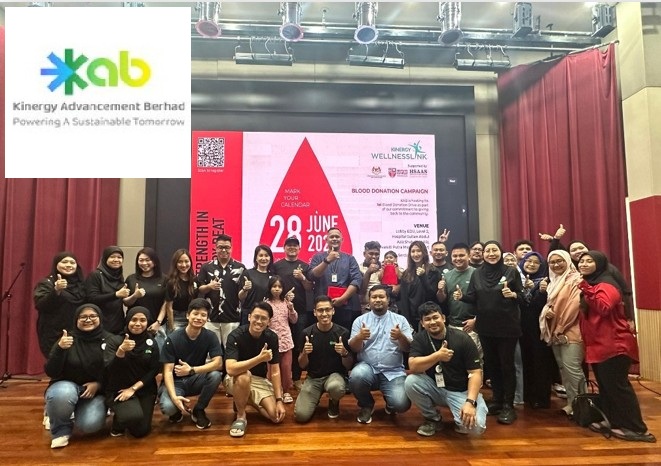AS Malaysian citizens who navigate and utilise our streets, we collectively bear the responsibility to address a pressing concern impacting our children—the imperative for safer streets, particularly in the proximity of schools.
It is an all-too-familiar scene of the daily challenges our school streets face, from the chaotic traffic during pick-up and drop-off hours to perilous driving behaviours around schools that endanger our kids.
The time has come for a positive change, and the solution is evidence-based: embrace slower-speed streets and design them for people, especially kids.
The benefits of a 30 km/h speed limit have been evidenced around the world.
Aligned with the World Health Organisation (WHO) recommendations, a 30 km/h speed limit in areas where people and vehicular traffic coexist fosters streets that are safe, healthy, green and liveable.
We have experienced the positive impact of 30 km/h streets.
These streets are designed with narrower traffic lanes (to encourage slower driving), at-grade raised crosswalks (that prompt motorists to reduce speed at pedestrian crossings), and refuge islands (raised median islands providing a safe location for pedestrians to wait for a gap in traffic when crossing the road), enhancing the safety of children walking to and from school.
Fortunately for us, these time-tested best practices for safer street designs are readily documented, only waiting to be implemented in our streets.
‘To turn this vision of safer streets into reality, Dewan Bandaraya Kuala Lumpur (DBKL) is actively collaborating with the Global Designing Cities Initiative (GDCI) and local NGO Bike Commute Malaysia (BCMY) under the Bloomberg Philanthropies Initiative for Global Road Safety (BIGS).
This collaboration began with a community-driven school street transformation project at a site in Setapak, where a primary school is situated next to a secondary school.
These neighbouring schools are in the centre of a high-density urban core and have a significant number of students’ families residing within a 3 km radius.
Both BCMY and DCI engaged the school, community, and city and conducted thorough observational site analyses.
The study resulted in a site-specific design to reduce speeds and create safer streets around the school, informed by the understanding and experiences of students, teachers and carers.
Following the design consultation between October and December 2023, DBKL conducted two trial designs at the side entrance of the primary school using chalk, cones, traffic barriers, and paint to temporarily alter and explore alternative uses of the street.
This area, often cluttered with informally parked cars, forces children and vulnerable road users to walk on the vehicular way, where they are more prone to conflicts with speeding vehicles.
This is especially dangerous for children, who may be less visible to large vehicles.
By employing a cone-and-chalk trial to temporarily modify and explore an alternative street geometry, the city aims to achieve a reduction in high vehicular speeds on the road, creating a safer environment for the pick-up and drop-off of schoolchildren.
Lower-speed streets reduce the chances of conflict and the severity of injuries during potential collisions, contributing to an increased sense of safety around the school for both students and parents.
A safer street will change the way both parents and students use the street. Among them, parents would have confidence to safely send their children to school without the fear of their children being endangered by vehicular traffic and allow them to walk slightly further to get to school.
This would change the current behaviour of parents who need to chauffeur their children directly in front of the school gate.
In the current second trial, you can observe a designated drop-off zone and temporary parking for waiting parents in cars, positioned slightly away from the front gate.
The spacious land in front of the side area is reserved as a safe waiting area.
The current geometric design effectively lowers the average vehicle speed, maintaining it at 15 km/h.
Additionally, the crossing distance has been reduced from 10.5 meters to 5.2 meters with the narrower lane.
As the design process continues, BCMY and DCI intend to design shaded facilities and other amenities that would create a space used both for the utility of drop-off and pick-up but also for the enjoyment and growth of the students.
According to a survey conducted by BCMY and GDCI at both schools, over 70% of children commute from homes within a 3 km radius of the schools.
The breakdown of mobility modes revealed that 35% and 26% of secondary and primary school children, respectively, walked to school, followed by the use of cars and motorcycles.
Can we make their walking journeys safer? And shouldn’t the presence of cars and motorcycles around the school zone be better regulated to avoid chaos?
DBKL has demonstrated commendable leadership in fostering a culture of safety and responsible driving around schools. Let’s make this the norm, not the exception.
It is time to unite with all relevant stakeholders, agencies, ministries, and communities to make 30 km/h speed limits mandatory around schools, creating shared streets where people can walk, cycle, and move safely.
Together, let’s transform our school streets into safer, vibrant spaces for our children and communities with good-quality footpaths, bicycle lanes, and safe and frequent crossings, allowing more children to walk and cycle safely. – Jan 18, 2023
Bike Commute Malaysia is a non- governmental organisation and local liaison for the Global Designing Cities Initiative (GDCI).
The views expressed are solely of the author and do not necessarily reflect those of Focus Malaysia.











